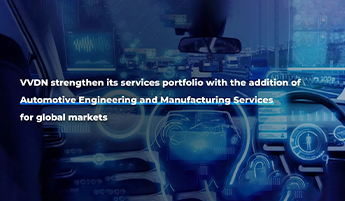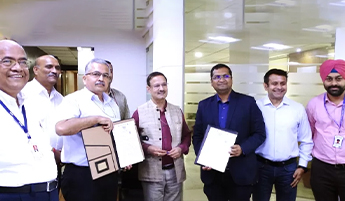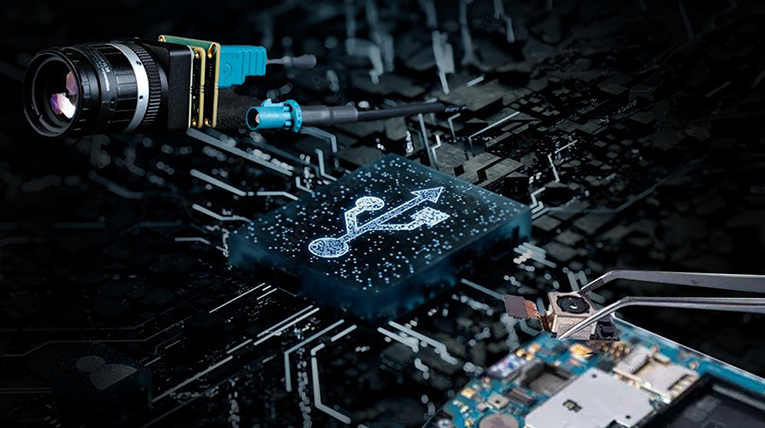In today’s rapidly evolving technological landscape selecting the right camera interface is crucial for achieving optimal performance, reliability, and functionality across diverse applications. Whether in security surveillance, consumer electronics, automotive industrial or specialized sector, choosing an appropriate interface significantly influences overall system efficiency and user satisfaction.
In this blog, we will delve into the various camera interface choices and their impact on performance, reliability, and functionality across diverse applications.
Importance of Camera Interfaces
Camera interface selection plays a significant role in determining the performance, reliability, and efficiency of imaging systems. They influence how efficiently data is transmitted, how quickly images are captured and processed, and how seamlessly the camera system integrates with other components. In some industries, where critical functions rely on cameras, such as real-time monitoring and autonomous operations, choosing the right camera interface is crucial. An inappropriate choice can significantly disrupt operations.
Common Camera Interface Standards
Choosing the right camera interface is crucial for the optimal performance of imaging systems. Below are some of the most common camera interface standards, including their key features and applications:
- MIPI CSI-2 (Mobile Industry Processor Interface Camera Serial Interface Type-2): MIPI CSI-2 is a high-speed serial interface used in mobile devices. With a peak bandwidth of 6 Gbps, it ensures fast and reliable transmission of image and video data between mobile camera modules and processors, making it essential for handheld devices requiring efficient data handling. Its main features are high performance, low power use, and low electromagnetic interference (EMI). MIPI CSI-2 is great for single- or multi-camera setups in mobile devices, AR/VR, drones, IoT, medical devices, industrial systems, cars, tablets, and laptops.
- GMSL (Gigabit Multimedia Serial Link): GMSL is specifically designed for automotive and industrial applications where reliable and fast data transfer is very important. This interface is ideal for camera systems that require connectivity in challenging environments.
- USB (Universal Serial Bus): Universal Serial Bus is a common interface widely used in consumer electronics and computer peripherals, offering convenience and versatility. However, this interface may have bandwidth limitations that can restrict high-resolution or high-speed applications.
- Ethernet: Known for its robustness and reliability, Ethernet interfaces are prevalent in surveillance systems and industrial applications requiring long-distance data transmission. They support high data rates and are ideal for networked camera setups.
- CoaXPress (CXP): CoaXPress (CXP) is a high-speed interface introduced in 2011 for connecting high-resolution cameras to computers using standard coaxial cables. It is primarily targeted for machine vision and industrial applications, offering high data rates and long cable lengths for industrial environments.
- Thunderbolt: Known for its high-speed data transfer capabilities, Thunderbolt interfaces are used in professional-grade cameras and devices requiring ultra-fast data rates and low latency.
Considerations and Factors Influencing Interface Selection
Several factors must be considered when selecting the right camera interface. Some of them are listed below:
- Bandwidth: Evaluating the data transfer speed the interface can support.
- Power Consumption: Impact on overall system efficiency.
- Camera-to-Cable Distance: Assessing the maximum distance between the camera and the connected system.
- Compatibility: Ensuring the interface works seamlessly and integrates with existing systems and components.
Conclusion :
Choosing the optimal camera interface is a critical decision that directly impacts the performance and capabilities of camera systems across various industries. By understanding the strengths and limitations of different interface standards like USB, Ethernet, MIPI, CSI, DSI, GMSL, CoaXPress, and Thunderbolt, developers and engineers can optimize their designs for maximum efficiency, reliability, and innovation.
In conclusion, selecting the right camera interface ensures seamless integration and optimal functionality, meeting the unique requirements of each application and advancing technological capabilities in imaging solutions.
Why choose VVDN?
VVDN has more than a decade of experience in developing cameras using suitable camera interfaces for various applications, including security & surveillance, consumer electronics, automotive, thermal imaging, video conferencing, edge AI solutions, industrial, and medical imaging devices. We help OEMs in selecting the right camera interface develop the camera hardware, software, ISP image tuning, mechanical and mass manufacturing all under one roof.
If you are also looking to develop a camera for your targeted application, feel free to contact us at info@vvdntech.com
























